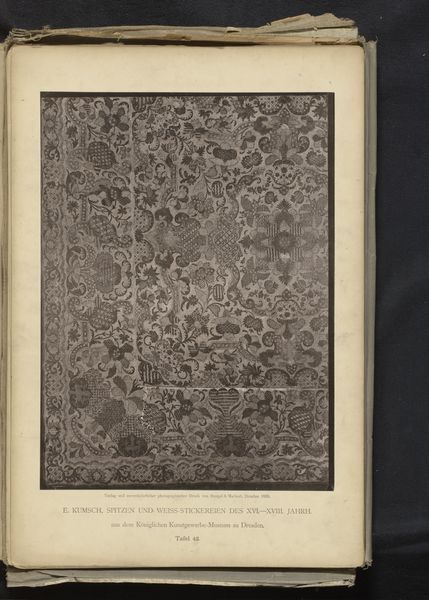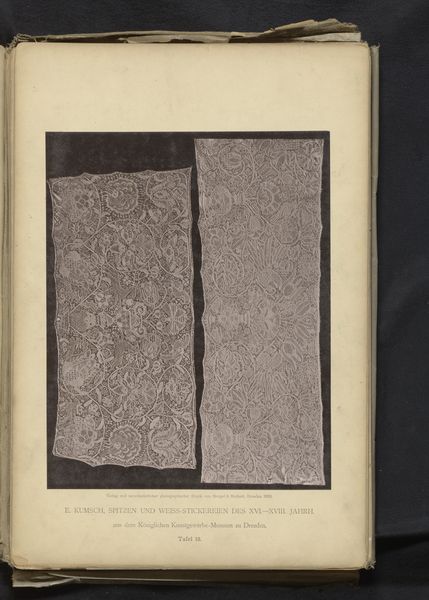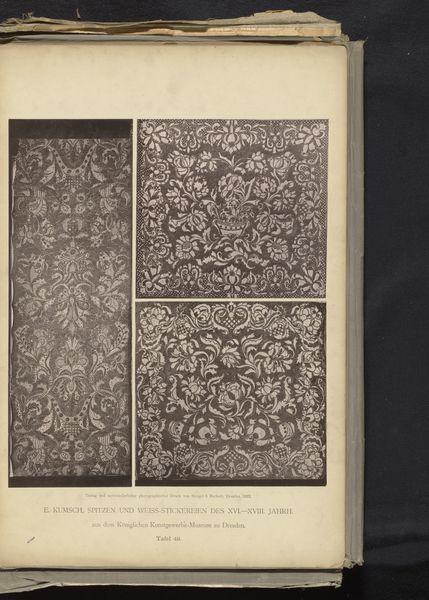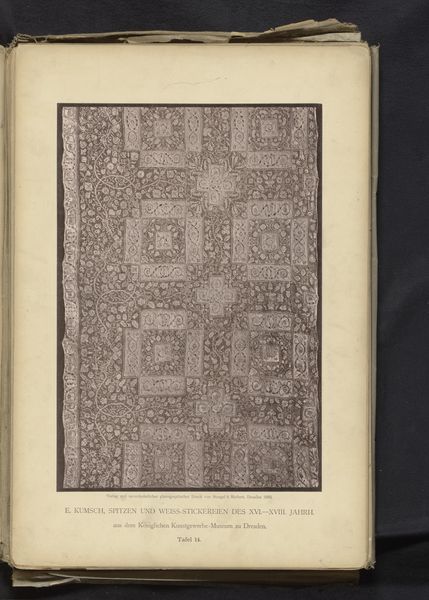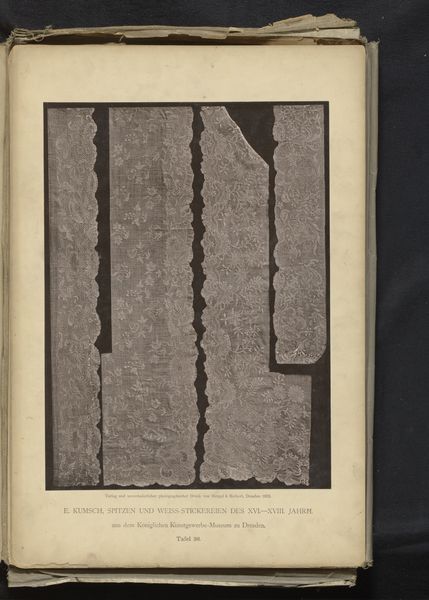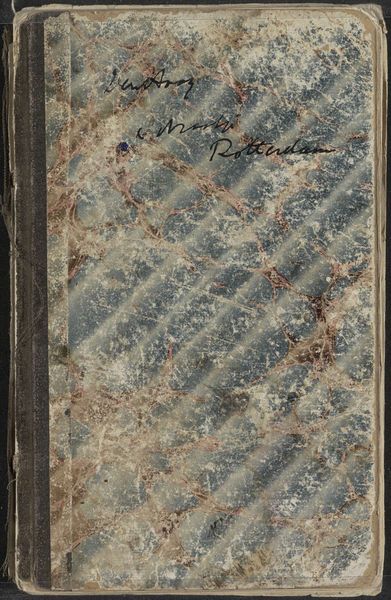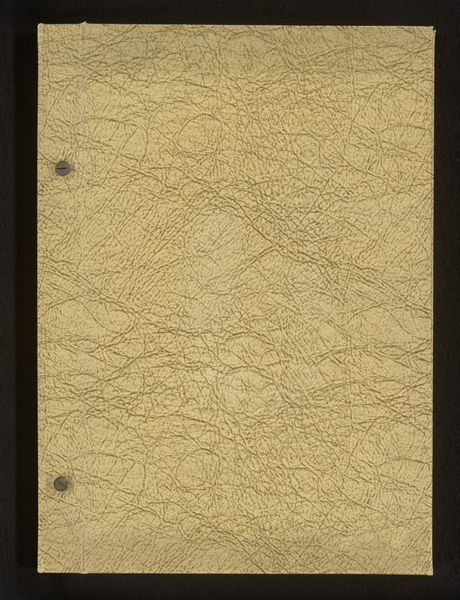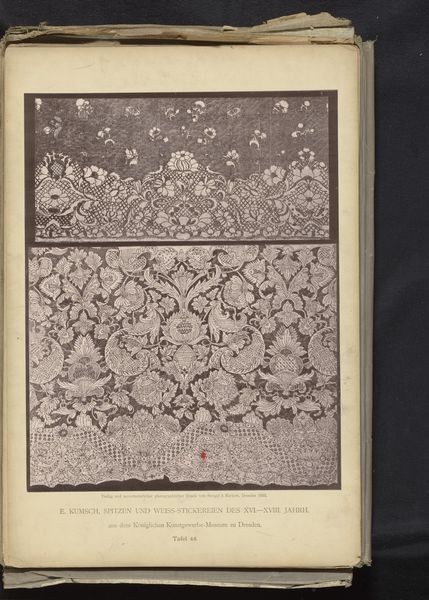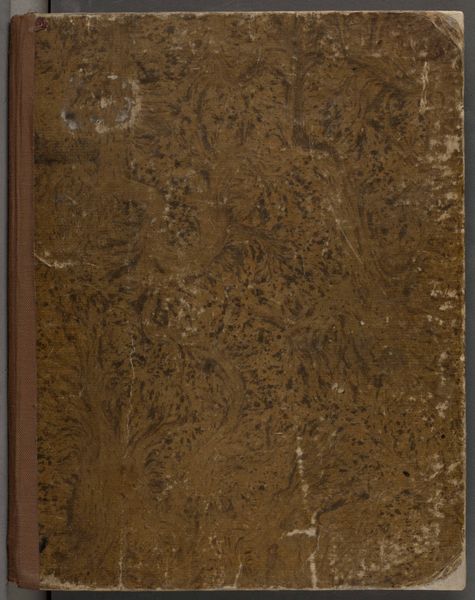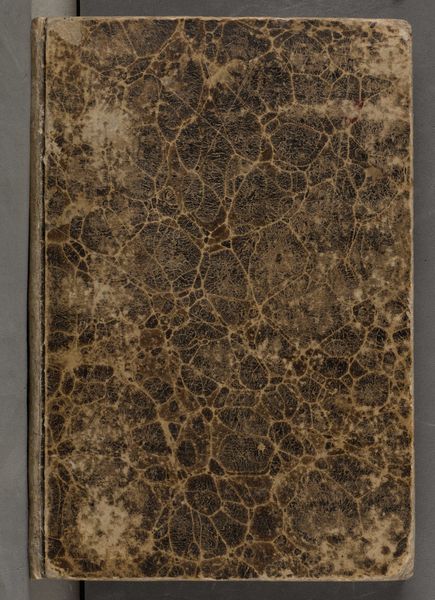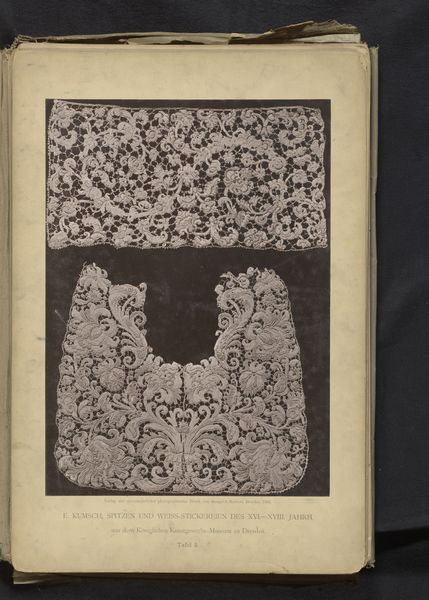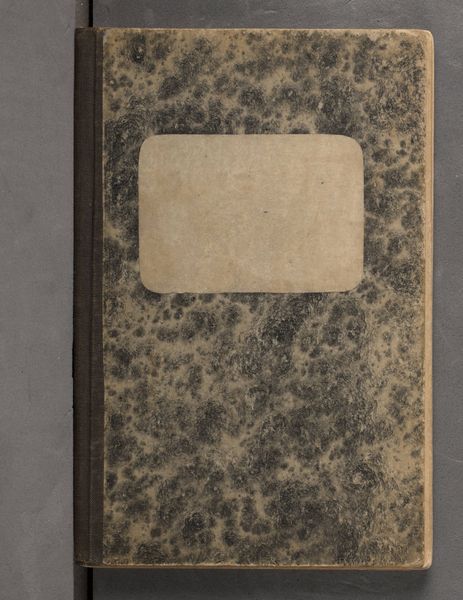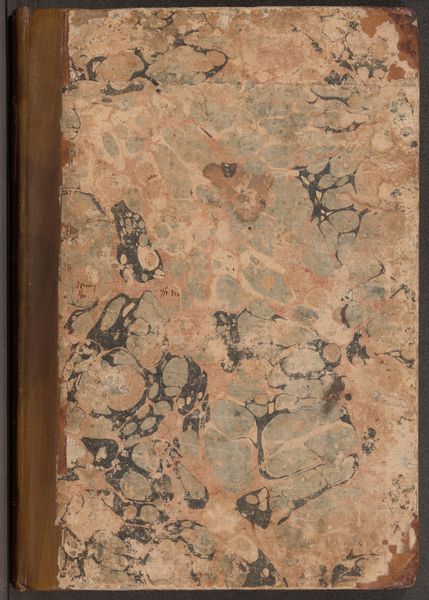
Stuk Brussels kant uit circa 1720, uit de collectie van het Kunstgewerbemuseum in Dresden, Duitsland 1888
0:00
0:00
#
aged paper
#
toned paper
#
homemade paper
#
sketch book
#
paper texture
#
personal sketchbook
#
folded paper
#
sketchbook drawing
#
sketchbook art
#
columned text
Dimensions: height 347 mm, width 257 mm
Copyright: Rijks Museum: Open Domain
This is a photograph of Brussels lace, made around 1720, probably by an anonymous maker. Lace making is an intricate process. It involves interlacing threads, traditionally linen or silk, to create patterns on an open weave ground. Brussels lace was highly prized for its delicate floral designs. Notice the flowing curves and intricate details. These were achieved through a technique known as needle lace, where the pattern is built up stitch by stitch, following a drawn design. Making lace was labor-intensive, requiring skilled artisans who spent countless hours meticulously crafting each piece. In the 18th century, lace was a luxury item worn by the wealthy. It signified status and taste. The production of lace fueled a significant industry, providing employment for many women, although the wages were often low. This photograph, taken from a design book, reminds us that even the most beautiful objects are products of labor and social context.
Comments
No comments
Be the first to comment and join the conversation on the ultimate creative platform.
